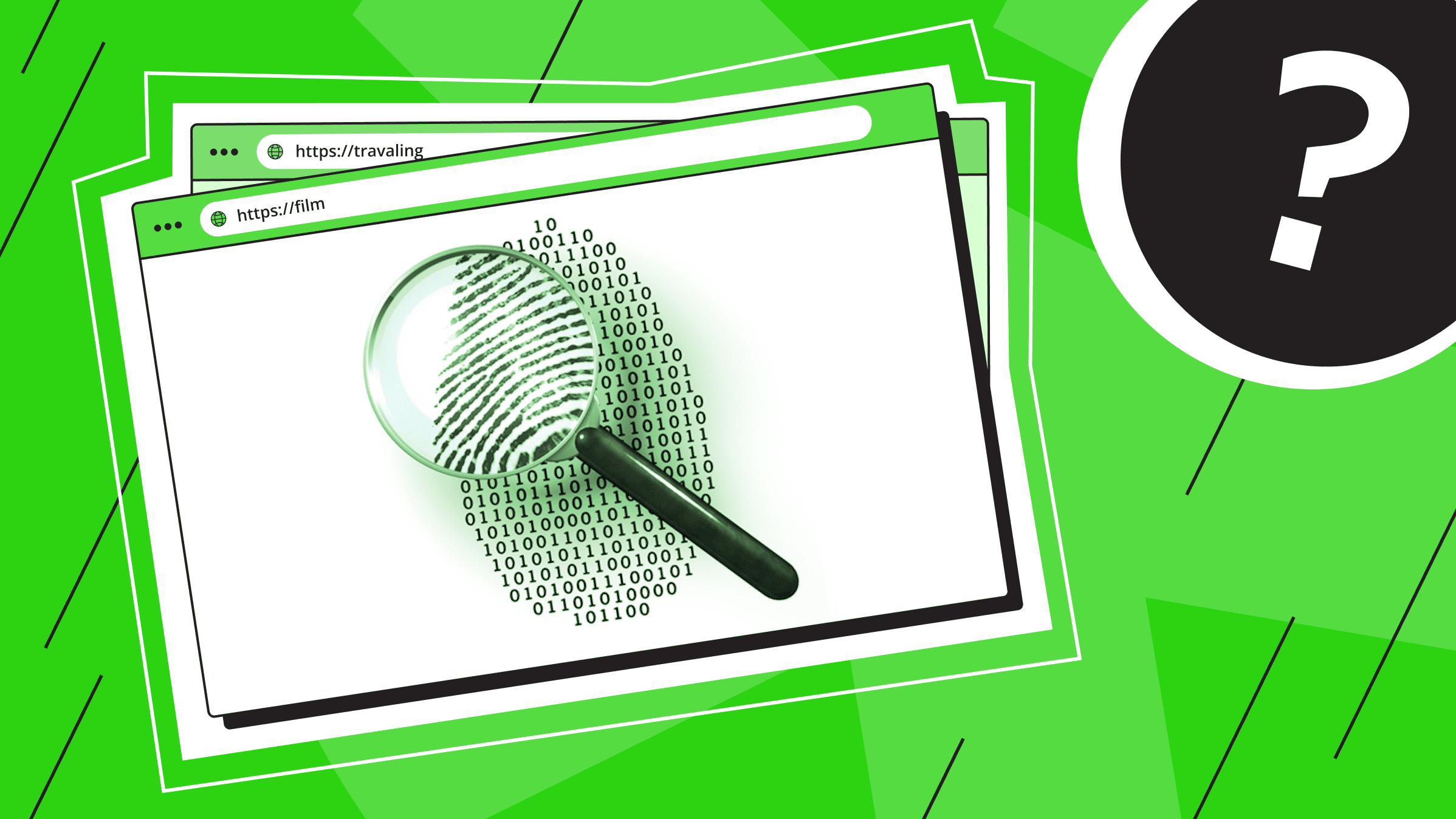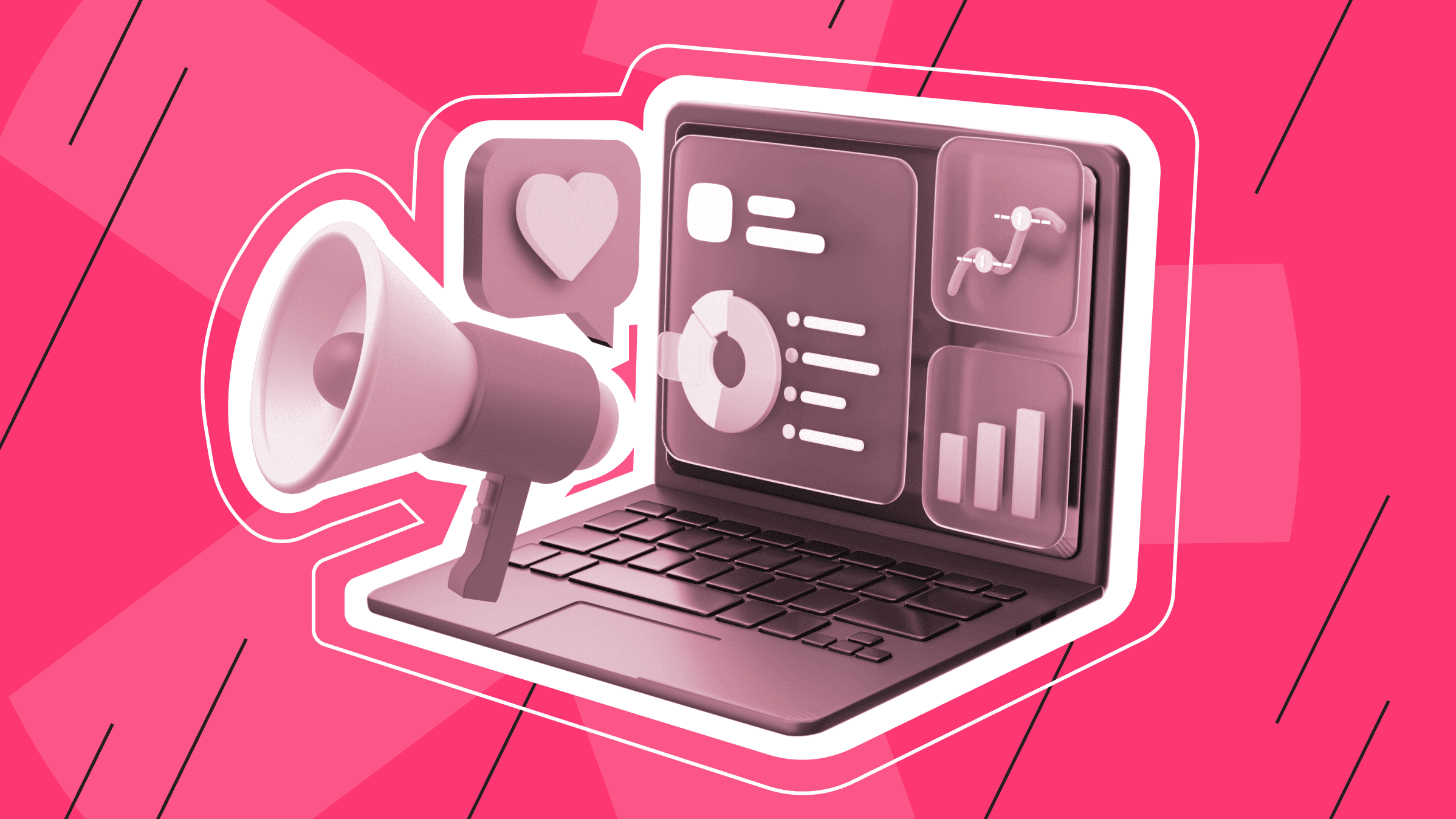
As we spend more and more time online, we leave a digital trail of our activities. However, few people realize how much personal information is being tracked by companies and can be found through searches.
In this article, we'll look at what a digital footprint is and the risks it can pose. We'll also look at how to manage your digital presence and protect your online privacy effectively.
What is a Digital Footprint?
A digital footprint is the trail of data you leave behind when you use the Internet. It includes everything, from the websites you visit to your social media posts. Your digital footprint can be used to track your online activity, profile your interests, and even target advertising.
Your digital footprint is made up of all the data you create or share online. This includes:
- Personal Information.
- Online activity.
- Social media posts.
- Online purchases.
- Location data.
Active digital footprints are data you create or intentionally share online. When you post on social media, you share information about yourself with the world. This information can include your name, location, interests, and even political views.
When you shop online, you provide personal information such as your name, address, and payment card number. This information is stored by the merchant and can be used to track your purchases. The same goes for reviews of products and services.
When you send an email, you create an archive of your correspondence. This information can be used to track your contacts and the topics you discuss.
Passive digital footprints are data collected about you without your consent. This includes information such as your IP address, cookies, web beacons, and location data. Learn more about cookies and how to prevent their collection.
Almost any action you make on the web leaves a digital footprint that can be used without your knowledge in the future.
How to Check Your Digital Footprint

Your digital presence is the sum of all the content you've created or shared online. It includes everything from your social media posts to your website and online reviews. Your digital presence can be a valuable asset, but it can also get messy if you're not careful.
There are many tools and methods you can use to analyze your digital footprint.
- A simple Google search can reveal a lot of information about your digital presence. Try typing your name, email address, or phone number into the search box. See what comes up, and draw conclusions about your digital footprint. Google, for example, also builds your profile based on your location and searches.
- Some online map-viewing applications can track your movements not just within a city but across the globe at almost any moment in time.
- Social media sites like Facebook, Twitter, and LinkedIn are a great way to connect with others, but they can also be a source of your digital footprint information.
- Search engines like Pipl and Spokeo can help you find information about yourself that you can't easily find with a Google search. These engines can search public records, social media, and other sources of information.
- A number of digital footprint analysis tools can take a closer look at your digital presence. These tools can provide information about the size of your digital footprint, the types of content you share, and the potential risks associated with your digital footprint.
Risks of an Extensive Digital Footprint

Essentially, a digital footprint is any information you create online. Why can it be dangerous?
The most immediate security risk associated with a large digital footprint is the over-sharing of private information online. By revealing too much personal information through social media profiles, posts, and messages, you expose yourself to potential identity theft, phishing scams, and digital stalking. Hackers also find it easier to attack accounts and profiles that contain a lot of unused or outdated information.
Meanwhile, third-party aggregators collecting data from various sources may aggregate information not intended for public consumption. Other risks include loss of control over content and online reputation. Old, embarrassing posts, photos, or videos can resurface out of context and damage careers or relationships. Sharing content can also be misused; it can be taken out of context or reused without permission, such as in deepfakes.
Finally, passive data traces such as location history, website clicks, and device usage can also be dangerous if they fall into the wrong hands. By clicking on untrusted links or downloading files from an extensive digital footprint, you risk infecting devices with malware or opening the door to fraud and hacking.
Digital Footprint on the Internet and Privacy
A major privacy problem with a digital footprint is that companies track people online and collect vast amounts of personal information and web browsing data without explicit consent. Using techniques such as cookies, tracking pixels, and device identifiers, companies can build detailed profiles of users and infer hidden attributes.
This information is often shared with companies and data brokers and can be exposed in the event of a data breach. In addition, users do not have full ownership and control over the information that is collected and communicated online. You can read the privacy policy on the website to see which companies may share information about you.
By carefully reading privacy policies and selectively opting out of information-sharing networks, you can minimize the amount of personal information exposed to the public. Protecting online accounts, using tools such as VPNs and ad blockers, and limiting access to identity information can also reduce or eliminate your digital footprint.
Big Data and Digital Footprint Analysis

Artificial intelligence is playing an increasingly important role in digital footprint analysis. AI-based tools help automate data collection and analysis, identify patterns and trends, and predict user behavior.
Artificial intelligence techniques, such as machine learning, can analyze vast amounts of digital data from online behaviors, posts, search queries, and more. Algorithms can identify patterns and correlations to infer human attributes not directly communicated, such as interests, relationships, and lifestyles.
Artificial intelligence systems used by data brokers and advertisers help segment large populations into target profiles for marketing and advertising strategies. Third-party cookies can help with this, for example.
Automated tools scan public social media profiles to gather detailed information to establish identity and build a comprehensive dossier on an individual. For example, governments and law enforcement agencies can use such tools for digital surveillance, monitoring online activity, tracking protests, and investigating individuals.
Big data and digital footprints are powerful tools that can be used for a variety of purposes. However, several ethical considerations need to be considered when using these tools. It is important to ensure that people's privacy is protected and that data is not used for discrimination or manipulation.
Managing and Minimizing the Digital Footprint

You can make small changes to your online activities to reduce your digital footprint:
- Be careful about what you share online. Before you put something online, consider who will see it and how it might be used. Ask yourself if you would want your grandmother or boss to see it. If not, don't post it.
- Use strong privacy settings. Make sure your social media profiles and other online accounts are set up to protect your privacy. This will help eliminate the possibility of unauthorized people seeing your information.
- Use a VPN. A VPN helps hide your IP address and encrypt your traffic, making it harder for websites to track your online activity.
- Delete old accounts. If you have old online accounts that you no longer use, delete them. This will help reduce the amount of information about you on the Internet.
- Keep track of which cookies you accept. When you visit a website, it may ask you to accept cookies. Only accept cookies from sites you trust.
- Use a privacy-oriented search engine. There are many search engines that do not track your searches. Some popular choices include DuckDuckGo, Startpage, and Qwant.
- Use a privacy-focused browser. There are specialized browsers that block ads and trackers. Examples include Firefox, Brave, and Tor.
- Monitor your digital footprint regularly.
Why is a VPN an excellent way to protect your online presence?
A VPN masks your real IP address and location, and all data is transmitted through a secure tunnel. This makes tracking your online activities and gathering information about you harder. The most beneficial solution is a VPN with a dedicated IP address from a trusted provider.
Personal VPN
For those who want to remain undetected online and secure their data. Dedicated IP and complete anonymity.
VPS
Choose the suitable configuration and enjoy all the benefits of a virtual private server.
From $4.99/moPersonal VPN
Stay anonymous online with a dedicated IP and don't endanger your personal data.
Get $5.00/mo

